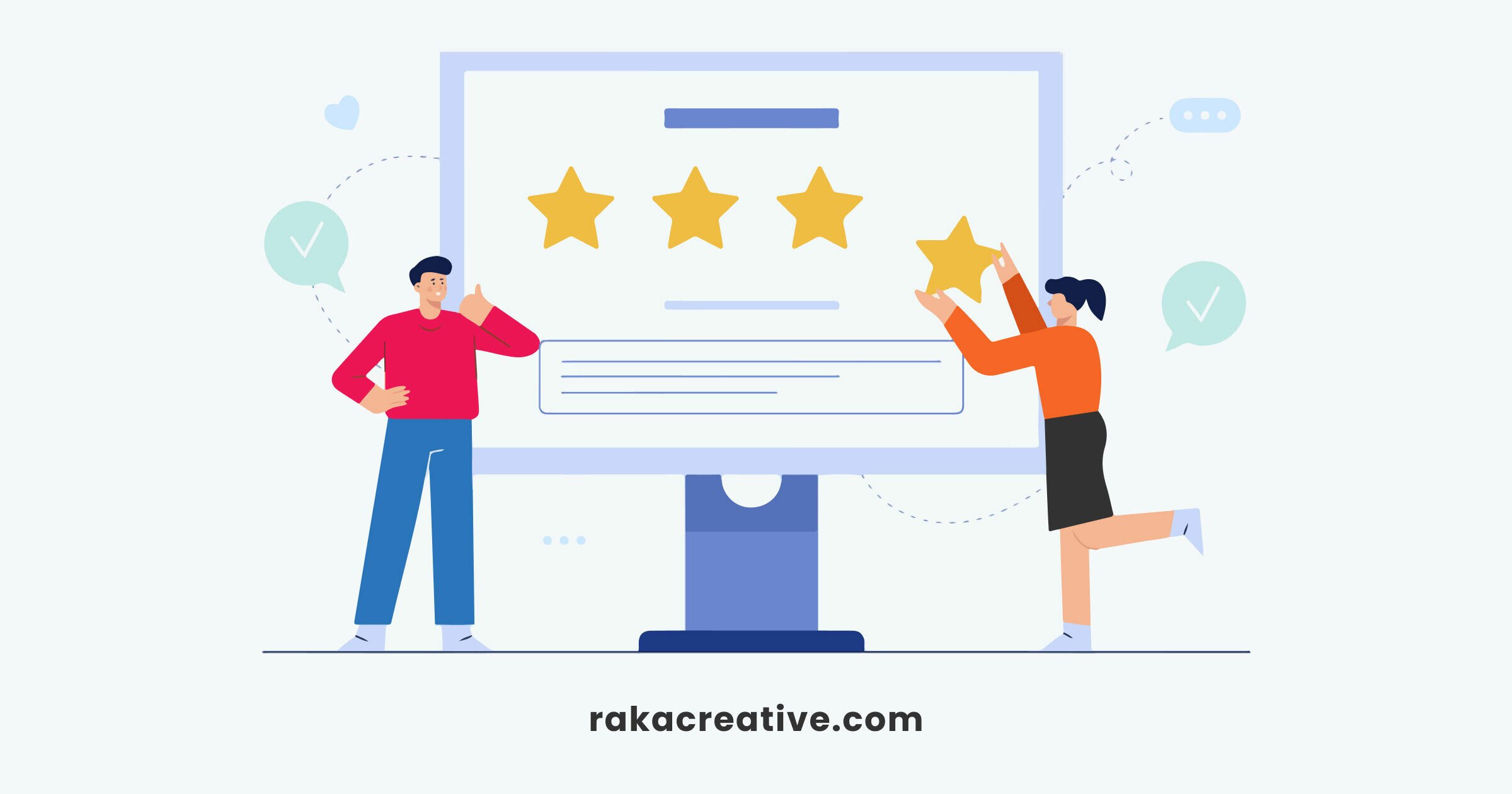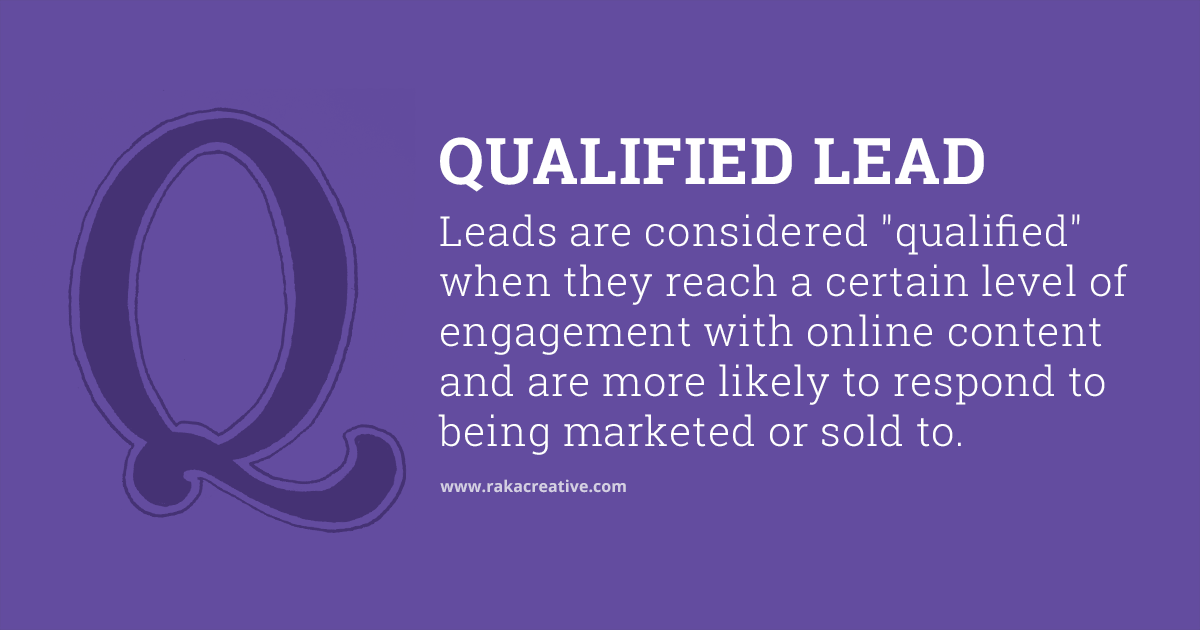Let’s talk about leads. We use that word a lot in inbound marketing. But when we say “leads,” we’re really referring to…well…people. People expressing interest in your product or service. People using the internet to find answers and solutions. People who learn and evolve and change.
The way people use the internet has changed, but overall, marketers and salespeople have been a little slow to catch up to that change. We’ve been trying to use the same old lead generation strategies, and we’ve been disappointed with the results. Maybe we were so focused on the leads, we forgot about the fact that they are people.
So what changed?
Working in sales or marketing, when we see a change in our results we tend to ask questions like “Why don’t we have more leads?” or “Why are our conversion rates dropping?” These aren’t bad questions to ask, but they’ll only take us so far. These questions generally elicit answers in the form of marketing data. You know, charts of website traffic over the last year vs. lead generation on content offers and how that correlates to the publication of new content and cadence of social posting…yadda yadda.
Don’t get me wrong, I love data. But in this case, what we really want to know goes beyond measuring marketing campaigns or sales close rates.
In order to understand and develop brand new lead generation strategies—strategies that aren’t just the same old inbound tactics dressed up for a night out—we need to ask: What’s different now? What is it that’s happened to change the way people behave online?
The short answer? Everything
When we think about it that way, we don’t have to look far. Everything has changed when it comes to the way people behave on the internet. Lemme just run through some of the highlights:
- Voice search became a thing. So now we’ve gone from searching keywords, to searching long-tail keywords, to asking full-on questions of search engines.
- Voice search then entered our homes in the form of smart speakers. So we’re not just asking Siri how to get to the nearest sushi joint, we’re asking Alexa what’s the best sushi place that will deliver to us in our pajamas.
- The internet was flooded with content. Seriously. Flooded. And in order to sift through this ocean of content and satisfy the users who are searching in new and different ways, search engines adapted—focusing less on the keywords used and more on the searcher’s intent.
- Internet users also noted this overabundance of content, and stopped offering up their information so easily, knowing full well they can probably get the information elsewhere without handing over their email address.
Oh, and there was a tiny little thing that happened with a social network called Facebook and a political data firm called Cambridge Analytica that may have slightly dampened people’s spirits when it comes to sharing their data on the internet. Maybe.
What does that mean?
Taking all of these things into consideration, we get a population of internet users who are asking more detailed questions in search, expecting quality results that better address those questions, and expecting those results for free.
These are not users who will hand over their name and email address willy-nilly. These are internet users who see “Sign up today!” and “Download now!” and think “Not today, Satan.”
So we, as marketers and sales professionals, have to evolve. We have to go back to the foundations of inbound marketing and meet the audience where they are. And then, we have to provide value. Ideally, it will be provided freely.
New lead generation strategies
Yes, “provide value freely” does mean ungated content. And yes, this represents a fairly major departure from previously touted inbound marketing tactics. Write the 500-word blog posts, create the whitepaper or ebook to go along with it, put the offer behind a form, and watch the leads roll in!
Except the leads aren’t rolling in. That’s why you’re here.
First lesson in the new world of lead generation: Information has to be free. At least at the top of the funnel.
This actually goes hand-in-hand with a new-ish strategy in SEO, known as pillar pages. According to HubSpot, “A pillar page covers all aspects of the topic on a single page, with room for more in-depth reporting in more detailed cluster blog posts that hyperlink back to the pillar page.”
Note the lack of reference to a form or a landing page in that definition. From an SEO standpoint, pillar pages give you the chance to cover a concept in a way that shows you as a quality source for the answers to those questions searchers are asking Google and Bing—meaning you’re more likely to move up in the search rankings. They also provide you a chance to develop a network of internal links that give the search engine even more reason to believe you’re the subject matter experts.
From a lead generation standpoint, pillar pages are that freely provided value I mentioned earlier. You’re giving something to your audience without expecting anything from them. They will remember this, and it will work in your favor.
What they won’t be doing is filling out a form.
Second lesson in new lead generation strategies: Think outside the landing page.
Just because leads aren’t converting to download the information you’ve now given them for free doesn’t mean they won’t convert. They’re just more likely to convert in another way or at a later funnel stage.
More and more, people are doing their own research before buying, instead of being qualified by a sales team. Your leads might be two-thirds to 90 percent of the way through their buyer’s journey before they even reach you. Your conversion points—your offers—should reflect that. Think chatbots, free trials, or entry-level audits. Something that provides value to prospects at the middle or bottom of the funnel.
(Speaking of audits, we’ve got one here you might be interested in. Dig that smooth segue.)
Third lesson of developing new lead generation strategies: Don’t forget about lead nurturing.
Just because your leads aren’t converting at the top of the funnel doesn’t mean you get to ignore the whole nurturing piece of inbound marketing. Your prospects are still moving through the buyer’s journey, they’re just doing it outside your marketing bubble. So I say again: Meet the people where they are.
You should still create content for each stage of the buyer’s journey, so those visitors who were so impressed by your top of the funnel pillar pages come back to your site as they work their way down the funnel. You might also want to consider digital advertising channels, as remarketing can be an incredibly effective tool for nurturing leads who haven’t converted on your site yet.
TL; DR
The bottom line here is that you may see fewer leads coming through in your marketing reports. People today are less likely to convert at the top of the funnel, it’s just the way it is. But if you pay attention to what your audience wants and stick to the spirit of inbound marketing—providing value to your prospects at every stage of the buyer’s journey—you will find that the leads you do have are more qualified. More qualified leads means more customers and less time wasted on top of the funnel “leads” who weren’t going to buy anyways.





